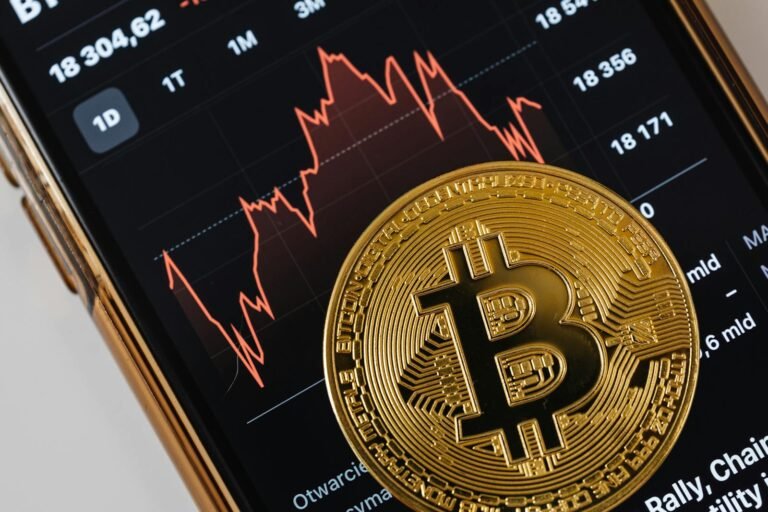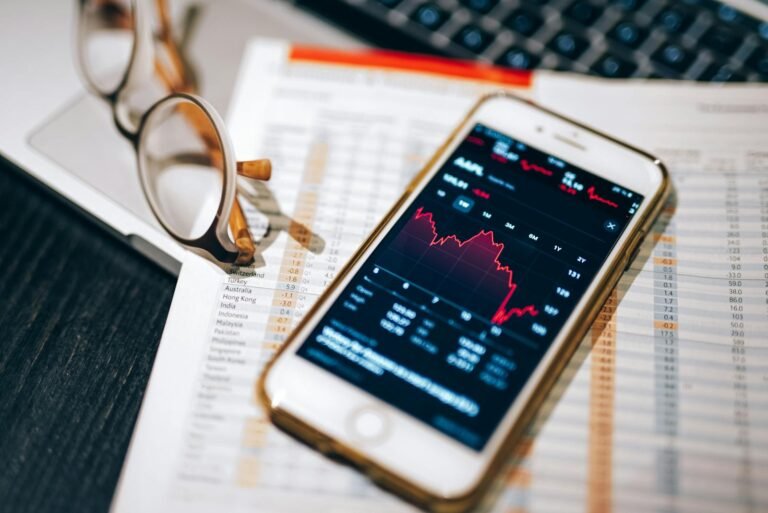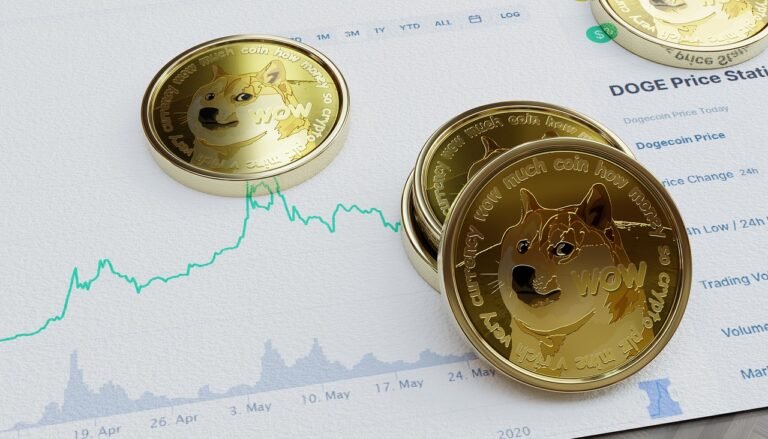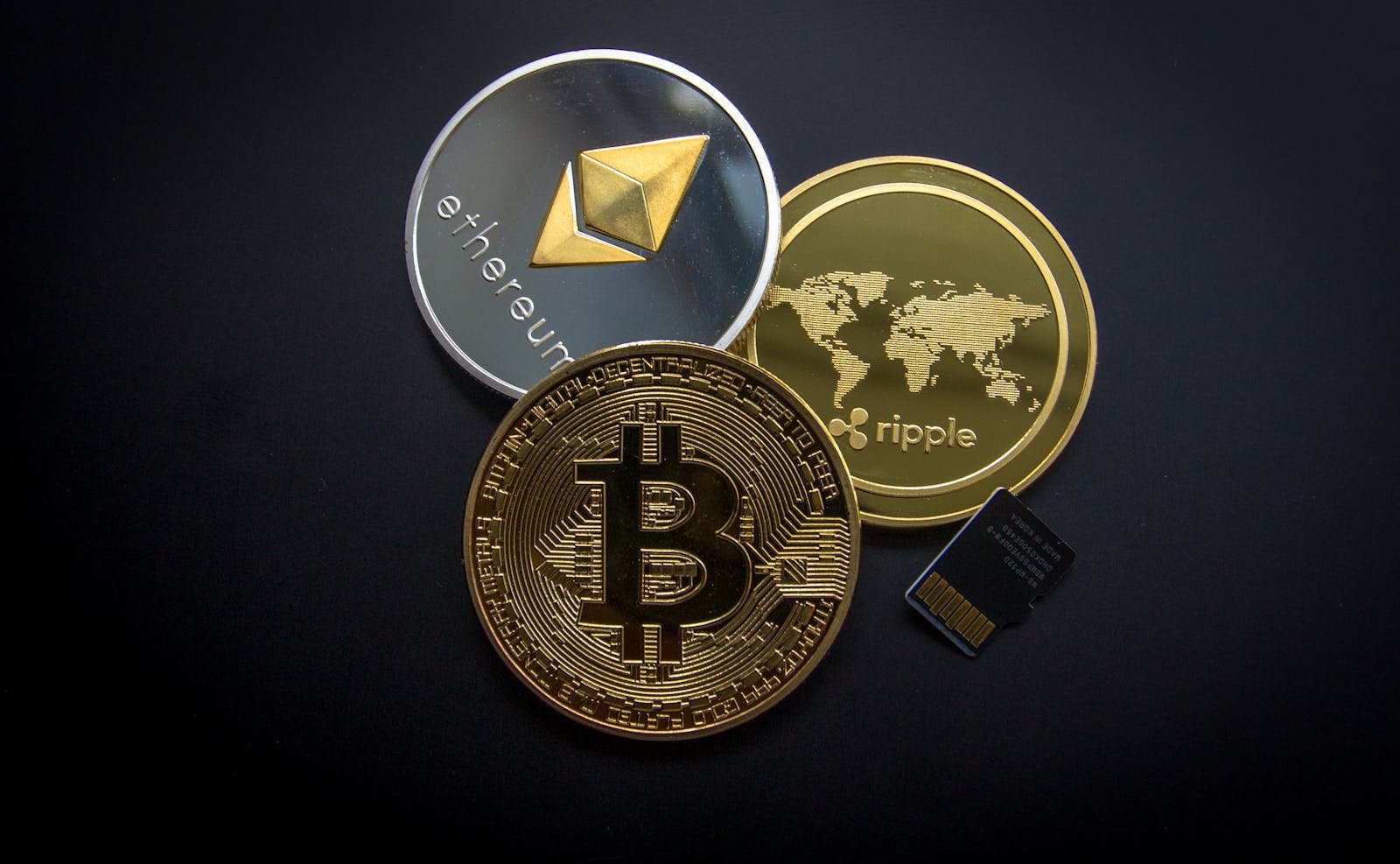
Imagine a world where you can send money across the globe instantly—no banks, no middlemen, just pure digital cash. That’s the promise of cryptocurrency.
But what exactly is cryptocurrency? How does it work? And is it really the future of finance? This beginner-friendly guide will break it all down in just 5 minutes.
Table of Contents
What Is Cryptocurrency and How Does It Work?
Cryptocurrency is digital money that operates on a decentralized network, typically powered by blockchain technology. Unlike traditional currencies (like the dollar or euro), cryptocurrencies are not controlled by governments or central banks. Instead, transactions are verified by a distributed network of computers.
Key Features of Cryptocurrency
✅ Decentralized: No single authority controls it.
✅ Secure: Transactions are encrypted using cryptography.
✅ Borderless: Send and receive money anywhere, instantly.
✅ Limited Supply: Many cryptocurrencies have a fixed supply, reducing inflation risk.
How Does Cryptocurrency Work?
- Transactions: When you send crypto, the transaction is recorded on the blockchain.
- Verification: Miners or validators confirm the transaction.
- Immutable Record: Once added to the blockchain, it cannot be changed.
Think of blockchain as a digital ledger that is publicly accessible and virtually tamper-proof.
Popular Cryptocurrency Examples
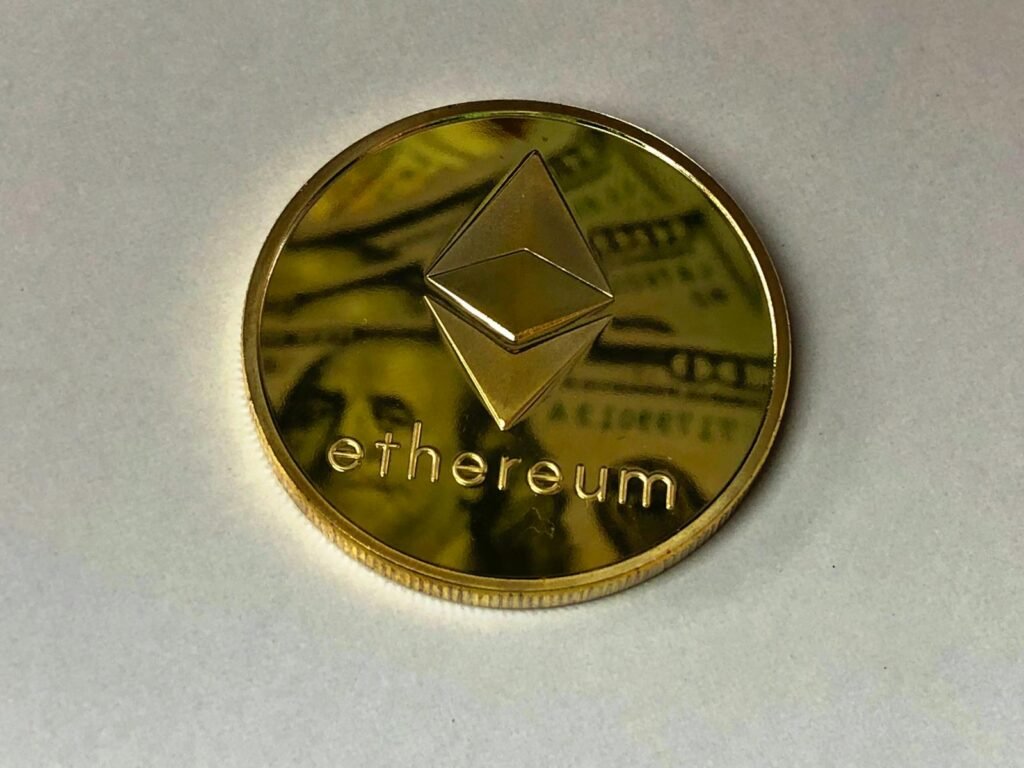

While there are over 10,000 cryptocurrencies, here are some of the most well-known:
| Cryptocurrency | Symbol | Purpose |
|---|---|---|
| Bitcoin | BTC | Digital gold, store of value |
| Ethereum | ETH | Smart contracts, decentralized apps |
| Binance Coin | BNB | Used in Binance ecosystem |
| XRP (Ripple) | XRP | Fast, low-cost international payments |
| Cardano | ADA | Focuses on sustainability and scalability |
💡 Fun Fact: Bitcoin was the first cryptocurrency, launched in 2009 by an anonymous person (or group) known as Satoshi Nakamoto.
Here is a full list of cryptocurrencies with their live prices.
Is Cryptocurrency Real Money?
Yes, but with some differences:
- You can buy things with crypto (Tesla, Microsoft, and some restaurants accept Bitcoin).
- It’s not universally accepted like cash or credit cards.
- It’s more volatile—crypto prices fluctuate dramatically.
💡 Example: $1 in Bitcoin in 2010 would be worth millions today!
How to Buy Cryptocurrency (Beginner’s Guide)
Buying crypto is easier than ever. Here’s a step-by-step guide:
- Choose a cryptocurrency exchange – Popular options include:
- 🏆 Binance (Largest by trading volume)
- 🚀 Coinbase (Beginner-friendly)
- 💰 Kraken (Advanced trading features)
- Create an account – Sign up and verify your identity.
- Deposit money – Link your bank account or use a credit/debit card.
- Buy cryptocurrency – Choose a crypto and make your first purchase.
- Store it securely – Use a crypto wallet (hardware wallets like Ledger or software wallets like MetaMask).
📌 Pro Tip: Never store large amounts of crypto on an exchange—use a hardware wallet for extra security.
Buy XRP Crypto Now at Only $2 or Cry Later
If you’re interested in how you can start making money with Kraken, then this book will get you started. Read now on Amazon.
Is Cryptocurrency a Good Investment?
Cryptocurrency has made many millionaires, but it’s also risky.
Pros of Investing in Cryptocurrency
✔️ High Returns – Some investors have seen 10,000%+ gains.
✔️ Diversification – Crypto is a new asset class, separate from stocks.
✔️ Decentralized Future – Supports the vision of financial freedom.
Cons of Investing in Cryptocurrency
❌ Volatility – Prices can swing 50%+ in a day.
❌ Regulatory Uncertainty – Governments may impose restrictions.
❌ Security Risks – Exchanges get hacked; scams are common.
📌 Pro Tip: Only invest what you can afford to lose.
What Is Cryptocurrency Mining?
Mining is how new cryptocurrencies (like Bitcoin) are created and transactions are verified. Miners use powerful computers to solve complex puzzles, earning crypto rewards in return.
However, crypto mining is not for everyone—it requires expensive equipment and consumes a lot of electricity.
💡 Example: Bitcoin mining consumes more energy than some countries!
How to Trade Cryptocurrency
Trading crypto is different from investing. Instead of holding long-term, traders buy and sell frequently to profit from price swings.
Popular Crypto Trading Strategies
📊 Day Trading – Buy and sell within a single day.
📉 Swing Trading – Hold for a few days or weeks, selling at profit points.
💎 HODLing – Long-term holding, based on belief in future growth.
🚀 Tip: Always use stop-loss orders to minimize losses!
Is Cryptocurrency Safe?
Yes and no. While blockchain technology is highly secure, crypto is not immune to risks like:
- Hacks & Scams – Over $2 billion stolen in 2023 alone!
- Loss of Private Keys – If you lose your wallet’s private key, you lose your funds forever.
- Regulation Risks – Some governments might ban or restrict crypto use.
📌 Safety Tip: Use two-factor authentication (2FA) and store crypto in a hardware wallet.
Future of Cryptocurrency
Experts believe crypto is here to stay, but its role in the global economy is still evolving.
💡 Predictions for the future:
✔️ Governments may issue their own digital currencies (CBDCs).
✔️ More businesses will accept crypto payments.
✔️ Regulations will increase, making crypto safer for investors.
🚀 Final Tip: Stay informed and only invest in what you understand!
Conclusion: Should You Invest in Cryptocurrency?
Cryptocurrency is an exciting innovation, but it’s not for everyone. If you’re a beginner:
✔️ Start Small – Invest only what you can afford to lose.
✔️ Educate Yourself – Learn about blockchain, wallets, and security.
✔️ Use Reputable Exchanges – Stick to Binance, Coinbase, or Kraken.
💬 What do you think about cryptocurrency? Drop your thoughts in the comments!


